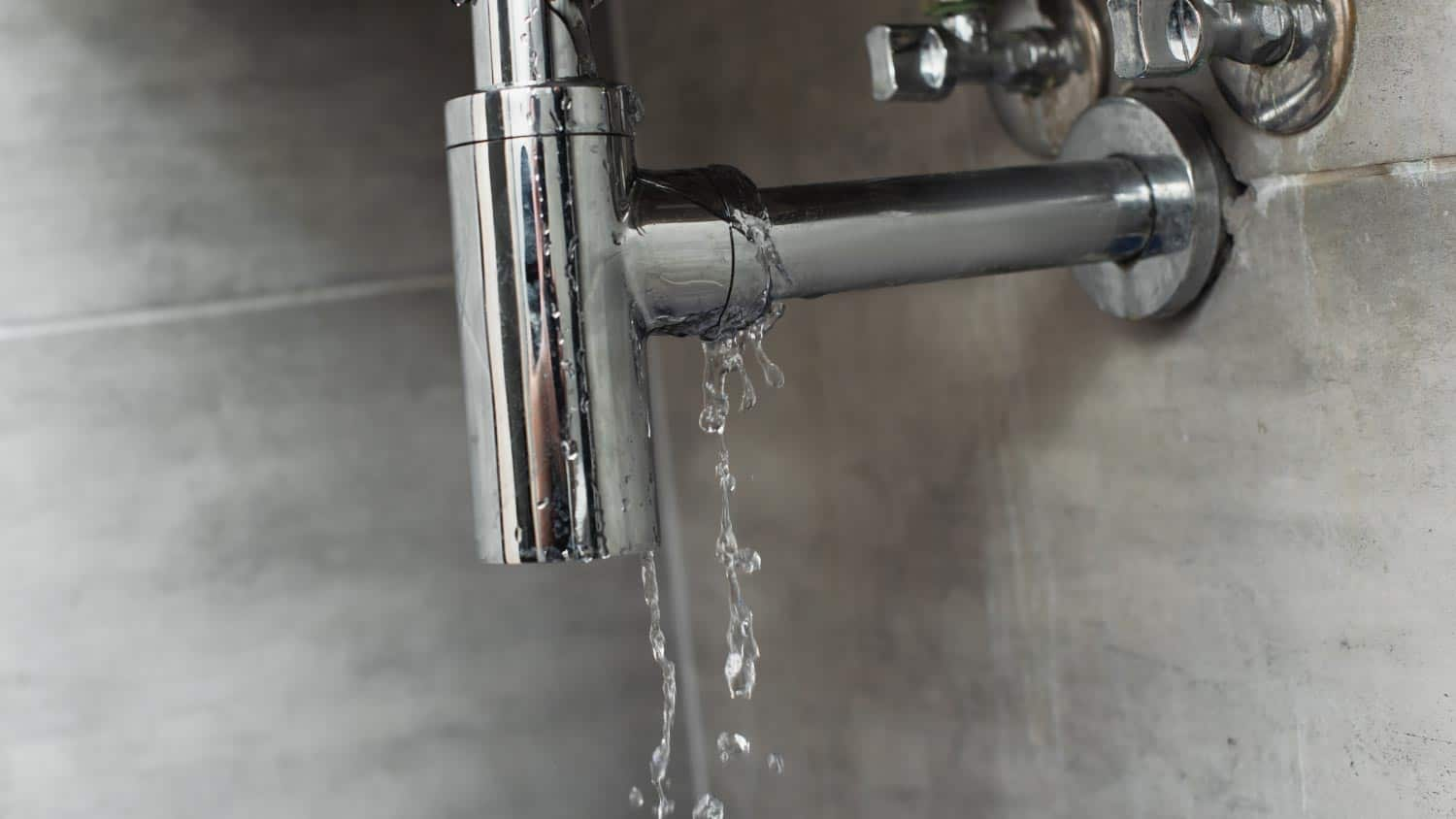Find Sneaky Water Line Leaks: Six Ingenious Detection Tips
Find Sneaky Water Line Leaks: Six Ingenious Detection Tips
Blog Article
We've unearthed this article involving Detecting hidden plumbing leaks listed below on the net and think it made perfect sense to relate it with you on my blog.

Early discovery of dripping water lines can minimize a possible disaster. Some small water leaks may not be noticeable.
1. Examine the Water Meter
Every residence has a water meter. Checking it is a guaranteed manner in which helps you find leakages. For beginners, turn off all the water sources. Guarantee nobody will certainly purge, use the tap, shower, run the cleaning equipment or dishwasher. From there, go to the meter as well as watch if it will certainly transform. Given that no one is using it, there must be no activities. If it relocates, that indicates a fast-moving leak. If you spot no adjustments, wait an hour or two as well as check back once again. This suggests you might have a slow leak that might also be below ground.
2. Check Water Consumption
If you detect unexpected adjustments, in spite of your consumption being the exact same, it indicates that you have leakages in your plumbing system. An abrupt spike in your expense suggests a fast-moving leakage.
At the same time, a stable rise on a monthly basis, despite the same behaviors, shows you have a slow-moving leakage that's also gradually intensifying. Call a plumber to extensively inspect your residential or commercial property, specifically if you feel a cozy area on your floor with piping underneath.
3. Do a Food Coloring Examination
When it comes to water consumption, 30% comes from bathrooms. If the shade somehow infiltrates your dish during that time without flushing, there's a leak in between the tank and also bowl.
4. Asses Exterior Lines
Do not forget to check your outside water lines as well. Needs to water seep out of the connection, you have a loose rubber gasket. One small leakage can throw away loads of water and also increase your water bill.
5. Examine and also Examine the Circumstance
Home owners need to make it a routine to inspect under the sink counters and even inside cupboards for any type of bad odor or mold and mildew growth. These two red flags suggest a leak so prompt interest is needed. Doing routine inspections, also bi-annually, can save you from a major problem.
If you know your home is currently old, keep a watchful eye on your heating systems, pipes, pipes etc. Look for stainings and weakening as the majority of devices and pipelines have a life span. They will also normally weaken due to tear as well as wear. If you believe dripping water lines in your plumbing system, don't await it to escalate. Call an expert plumber immediately so you do not end up with a dreadful mess in your home.
Early detection of dripping water lines can reduce a potential calamity. Some tiny water leakages may not be noticeable. Checking it is a guaranteed way that aids you discover leakages. One tiny leakage can squander bunches of water as well as surge your water bill.
If you presume leaking water lines in your plumbing system, do not wait for it to escalate.
How to Know If Your Home Has a Hidden Leak
Water Meter Reveals Inexplicable Water Usage
If you’d like to test whether or not there’s a leak somewhere in your home, you can do this using your water meter. Here is how to conduct the test:
Don’t use any water in your home for at least 30 minutes; this also means not turning on faucets or water-using appliances.
Go outside, and check your water meter for activity.
If your water meter shows that there was activity, even though no one was using any water, this proves that there is a leak in your home.Visible Mold or Mildew Growth
Leaks behind walls create moist, dark environments that allow mold and mildew to grow and thrive. Eventually, you might see mold growth forming on the wall closest to a hidden leak.
If mold is growing in an area that receives a high amount of moisture, such as a bathroom, it may simply be an indication that better ventilation is needed. However, if you see mold growth on a wall or the ceiling in an area where you would not expect, you probably have a hidden leak.
Musty, Mildew Odor
Sometimes you might not be able to see the mold or mildew that is growing as a result of a leak. However, the smell can give the problem away just as easily. If you catch a whiff of something musty, there’s a good chance that old water is collecting somewhere in your home that you can’t see.
Stained/Warped Walls, Ceilings, or Floors
When your home soaks up water, a variety of red flags can become visible, including ceiling stains, bubbling drywall, warped walls, and sagging floors. While these issues can be caused by excess humidity, they can also be signs that a pipe or plumbing connection has started leaking behind your walls.
Inexplicably High Water Bill
After a while, you get a general sense for what your water bill should be. If you own a pool or sprinkler system, your bill will tend to be higher during summer. However, if you receive a water bill that seems especially high, and you can’t figure out what caused it, then you may have a hidden leak somewhere that’s increasing your bill.
https://www.plumbingjoint.com/blog/2019/july/how-to-know-if-your-home-has-a-hidden-leak/

I discovered that article on Finding hidden leaks while doing a lookup on the web. For those who appreciated our article please remember to pass it around. Bless you for your time. Don't forget to visit our blog back soon.
Drainage issues? Inform. Report this page